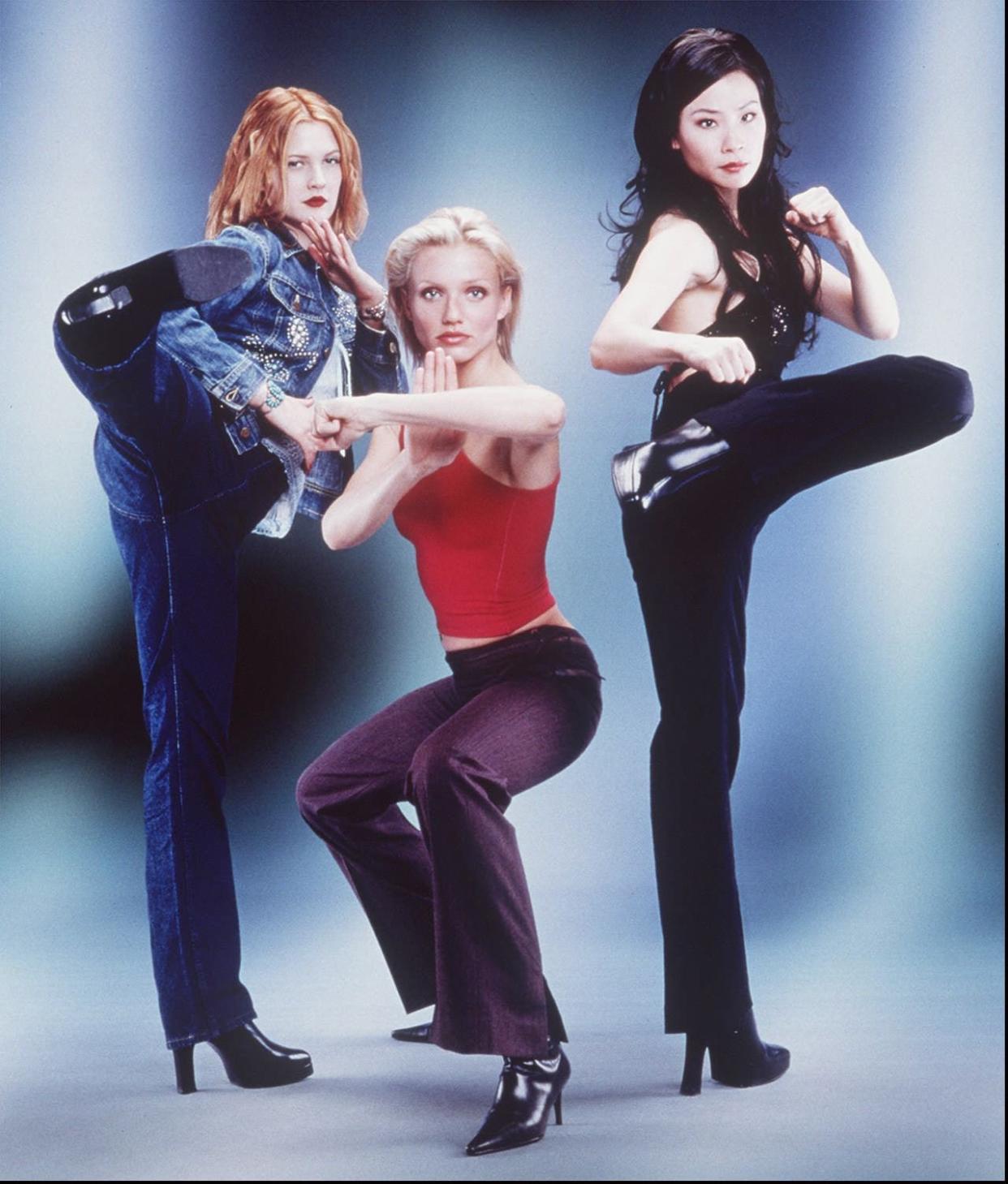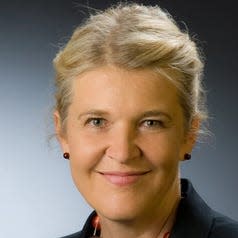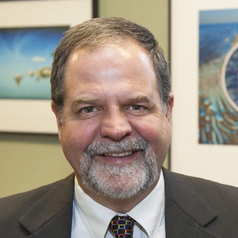Does 'power pose' confer real power?

Do power poses boost confidence?
If you stand like Wonder Woman or Superman, will you feel stronger? Will you actually be stronger?
After all, mind and body are intertwined. How you stand or sit can give you feedback on how you feel, and your feelings are often revealed by the way you hold yourself.
One influential study published in 2010 suggested that power poses — body positions like a wide stance with your hands on your hips while standing, or clasping your hands behind your head and putting your feet on a desk while sitting — increased levels of the male sex hormone testosterone and decreased levels of cortisol, the main stress hormone.
High levels of testosterone and low levels of cortisol are linked to fearlessness, risk-taking and insensitivity to punishment. From there, scientists assumed that power posing could affect how people felt, how they acted and how others perceived them.


But in the following years, some researchers could not replicate the original findings. The lead author of the original study admitted to mistakes and distanced herself from it. Since then, there’s been a heated debate about whether engaging in power poses really does anything.
We conducted a meta-analytic review — that is, we combined data from all available research on the topic. Based on dozens of studies, we suggest that there is something to the idea of power poses, even if the research was overhyped in the past.
We focused on two types of body positions.
The first type included power poses. Examples of high-power poses would be standing or sitting in a very expansive way, taking up a lot of space. A low-power pose would be crossing your legs and folding your arms while standing, or bowing your head and putting your hands on your lap while seated.
The second type included upright postures, like standing erect or sitting up straight in a chair versus bowing your head and slumping. Theoretical and empirical research have suggested that power poses are nonverbal expressions of dominance, whereas upright postures are displays of prestige.
Our review examined three types of potential effects power poses and upright positions could have.
First there were self-reported effects, such as feeling powerful, confident and positive. These effects were statistically significant and robust. They were seen again and again across many studies. People told researchers they felt stronger when they engaged in power poses and upright postures.
Then there were behavioral effects, such as how long participants would stick with a task, whether they exhibited antisocial behavior, and how action-oriented they were. The findings were less reliable.
Finally there were physiological effects, such as hormone levels, heart rate and skin conductance, which often stands in as a way to measure stress in psychology research studies. It was in this area that the power pose research didn’t hold up. Simply taking expansive body positions does not influence hormones or other physiological indicators as previously believed.
We can’t tell for sure whether high-power poses and upright postures make people feel more positive and powerful, whether the low-power and slumped postures make people feel less positive and powerful, or whether it is some combination of the two.
Continuing these investigations is important, because evidence accumulates with each study.
Astrid Schütz is a professor of psychology, University of Bamberg. Brad Bushman is professor of communication and Rinehart Chair of Mass Communication, Ohio State University.
This article originally appeared on Palm Beach Post: The power pose can make you feel more confident, studies show

